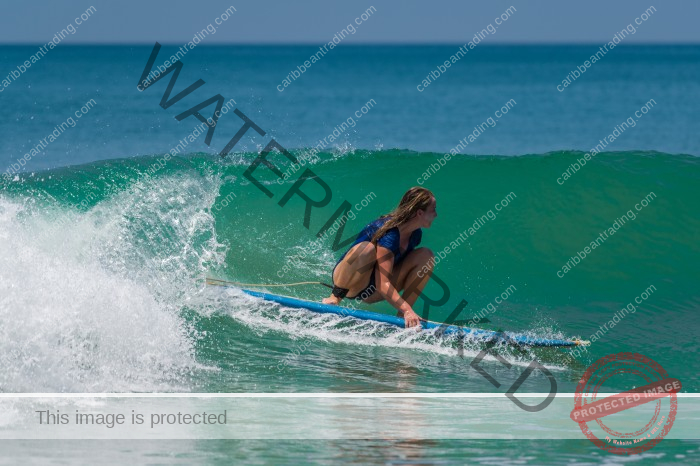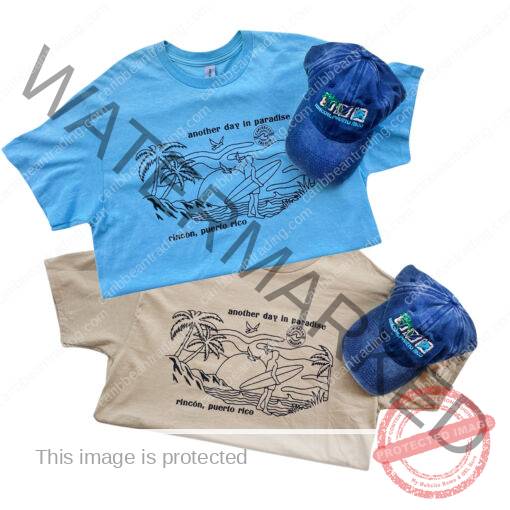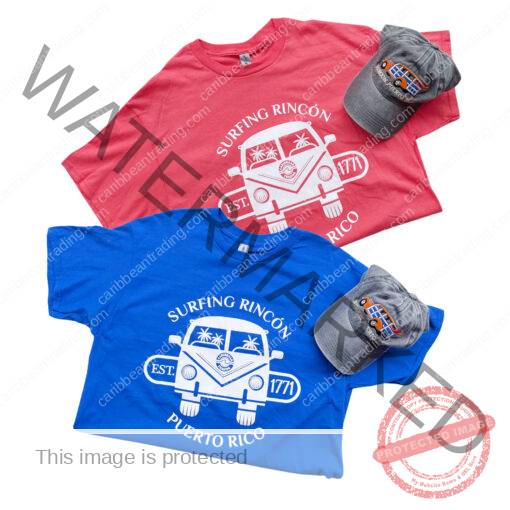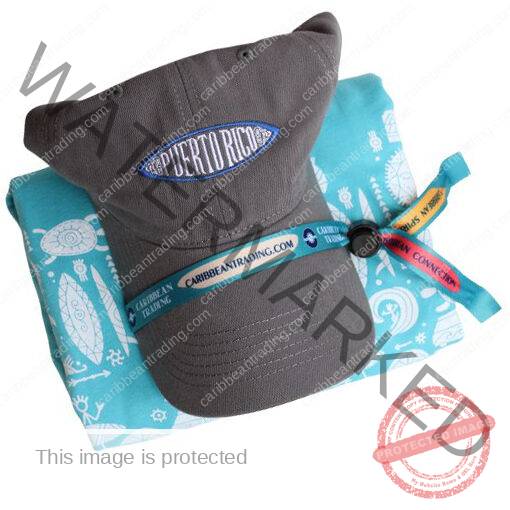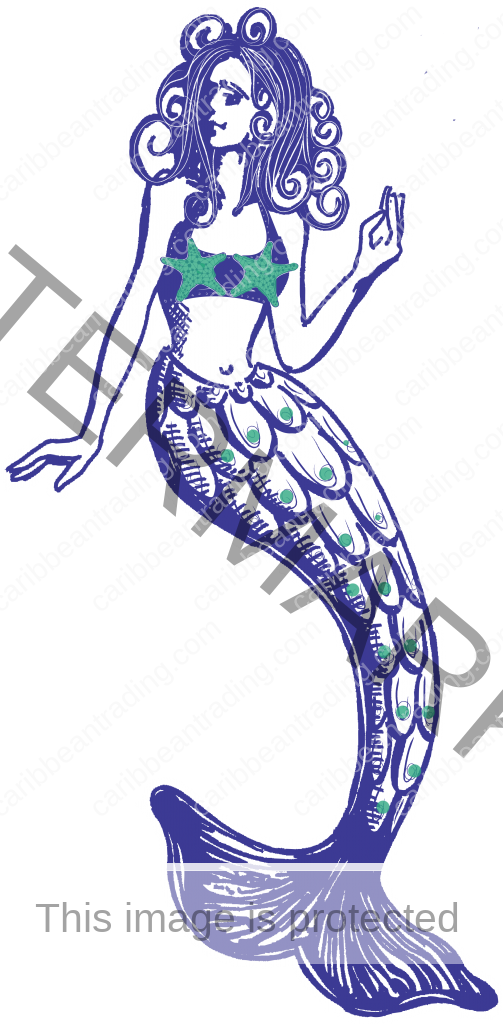Travel Tips
The Biggest Waves on the Caribbean Islands
The Caribbean is often imagined as a paradise of calm turquoise waters, white sandy beaches, and laid-back vibes. Yet, beneath this serene picture lies another reality—one that surfers, adventurers, and thrill-seekers know very well. The Caribbean islands host some of the most powerful and mesmerizing waves in the world. These massive swells are shaped by unique wind patterns, seasonal storms, and geographical features that create breathtaking surf conditions.
In this article, we’ll explore where to find the biggest waves on the Caribbean islands, what makes them special, and why they attract professionals and enthusiasts alike. We’ll also dive into the best times to catch them and the cultural significance these waves hold for island communities.
The Caribbean’s Wave Geography
The Caribbean Sea is bordered by the Atlantic Ocean to the east and north, and its islands act as natural barriers that shape how waves reach their shores. The Atlantic trade winds, combined with tropical storms and hurricanes, often generate powerful swells.
Unlike the Pacific Ocean, where waves can travel vast uninterrupted distances, the Caribbean’s wave system is influenced by island chains, reefs, and coves that amplify or disrupt their flow. This makes wave hunting in the Caribbean both a science and an art, as local surfers and visiting athletes rely on precise knowledge of tides and weather conditions.
Puerto Rico: The Caribbean’s Surf Capital
Puerto Rico stands out as the undisputed surfing capital of the Caribbean. Its northwestern coast, especially the towns of Rincón and Aguadilla, has built an international reputation for giant swells that rival those found in Hawaii.
Rincón’s Domes Beach
Domes Beach is perhaps Puerto Rico’s most famous surf spot, hosting international competitions for decades. Waves here can reach 25 feet during the winter months, powered by Atlantic storms. Surfers describe Domes as both thrilling and dangerous, with its steep drops and powerful barrels.
Tres Palmas
Also known as Steps Beach, Tres Palmas is legendary for its monster waves. During the peak season, waves soar above 30 feet, making it a destination only for elite surfers. Its beauty lies in its unpredictability—one day it can be calm, the next it can produce waves capable of challenging even world champions.
Barbados: The Soup Bowl
Barbados is another hotspot for Caribbean waves, particularly its east coast where Bathsheba’s Soup Bowl reigns supreme.
Bathsheba’s Legendary Break
The Soup Bowl is where the Atlantic meets coral reef formations, producing world-class waves that can tower to 15 feet or more. Kelly Slater, an 11-time world surfing champion, has called the Soup Bowl one of his favorite places to surf outside the U.S. The waves here are consistent, glassy, and incredibly powerful, making Barbados a year-round destination for serious surfers.
Culture and Surfing in Barbados
Surfing is deeply woven into Barbadian culture. Local surfers, many of whom grew up riding waves at Bathsheba, compete internationally and bring pride to the island. The Soup Bowl is also a gathering place for families, with spectators lining the shore to cheer on surfers braving its ferocious swells.
Jamaica: Boston Bay and Beyond
While Jamaica is more widely known for reggae and jerk chicken, its eastern coast delivers waves that can surprise even seasoned surfers.
Boston Bay
Boston Bay, near Port Antonio, is a cradle of Jamaican surf culture. Waves here may not always reach the extreme heights of Puerto Rico or Barbados, but during storm surges, they can easily top 10 feet. The bay’s crescent shape and steady trade winds make it a perfect spot for both beginners and experienced riders.
The Surfer’s Lifestyle in Jamaica
Jamaica’s surf scene is growing, supported by a mix of locals and adventurous travelers. Surf schools and small competitions bring visibility to the island’s surf potential. More importantly, Jamaica’s surf culture carries its own rhythm, blending the laid-back island lifestyle with the adrenaline rush of chasing waves.
Dominican Republic: Cabarete and Playa Encuentro
The Dominican Republic is another giant on the Caribbean surf map. Its northern coastline along the Atlantic provides consistent swells, attracting both surfers and kiteboarders.
Cabarete
Cabarete is globally known as a hub for watersports, but its waves are not to be underestimated. In winter, waves can rise to 12 feet, offering thrilling rides across long reef breaks.
Playa Encuentro
Playa Encuentro is the heart of the Dominican surf scene. This stretch of coastline delivers waves suitable for all levels—gentle rollers for learners on one side, and powerful swells that can test experts on the other. The combination of warm waters and reliable waves makes Encuentro one of the Caribbean’s most accessible yet challenging surf spots.
Martinique and Guadeloupe: The French Caribbean Giants
The French overseas territories in the Caribbean have gained recognition for their surf culture and massive waves.
Martinique’s Anse Bonville
Martinique’s Anse Bonville provides some of the largest waves in the Lesser Antilles. Surrounded by volcanic landscapes, the beach break creates waves that can exceed 12 feet during prime season.
Guadeloupe’s Le Moule
Le Moule is one of the most famous surf destinations in Guadeloupe, hosting international competitions. The reef break can produce waves between 8 and 15 feet, with powerful right-handers that attract professionals.
The Spirit of Risk
Surfing the biggest waves in the Caribbean is not just a sport—it’s an act of embracing risk and reward. Every time a surfer paddles into a towering swell, they take a gamble, balancing skill, courage, and the unpredictability of the sea. This thrill is echoed in other areas of life, where daring to take chances can lead to unforgettable rewards.
In fact, some compare the rush of surfing giant waves to the excitement felt by users of platforms like Lucky Ones. Just as surfers bet on timing, precision, and nature’s forces, players bet on outcomes where risk fuels adrenaline. Both worlds are connected by the same essence: stepping into the unknown with confidence and passion.
When to Catch the Biggest Waves
Timing is everything when it comes to surfing in the Caribbean. The most consistent big-wave season is during the winter months, from November to March, when Atlantic storms generate long-period swells. Hurricanes, typically from June to November, can also produce gigantic waves, though surfing during hurricanes is extremely risky.
Professional surfers often monitor weather maps and forecasts closely to time their visits. For casual surfers or travelers, hiring a local guide is often the safest and most reliable way to experience the thrill without unnecessary risks.
Safety and Respect for Nature
Riding the biggest Caribbean waves isn’t just about adrenaline—it’s about respecting the raw power of the sea. Many of these surf spots are surrounded by sharp reefs, strong currents, and unpredictable winds. Surfers are encouraged to prepare physically, use proper gear, and understand local conditions before venturing out.
Equally important is respect for the communities and natural environments. Coral reefs that create these incredible waves are fragile ecosystems. Surfers and visitors are urged to practice sustainable tourism by minimizing waste, avoiding reef damage, and supporting local businesses.
The Cultural Significance of Waves
For island communities, waves aren’t only playgrounds for surfers—they’re part of cultural identity. In Puerto Rico, Rincón has become a symbol of resilience and pride, with surfing festivals bringing together locals and foreigners alike. In Barbados, the Soup Bowl is a testament to the island’s athletic talent and community spirit.
Even beyond surfing, waves influence art, music, and folklore. Caribbean islands have long celebrated the sea as both a source of sustenance and a force of nature to be respected.
Why Surfers Keep Coming Back
What keeps surfers returning to the Caribbean isn’t just the size of the waves—it’s the combination of raw natural beauty, warm hospitality, and vibrant culture. Few places in the world allow you to surf a world-class break in the morning, enjoy fresh local cuisine at noon, and dance to live music by nightfall.
Surfers often describe the Caribbean as addictive. The waves challenge them physically, the communities embrace them warmly, and the islands themselves provide a lifestyle that’s hard to replicate elsewhere. For some, catching a massive wave at Tres Palmas or the Soup Bowl becomes a lifelong memory, one they recount again and again with awe.
Conclusion
The Caribbean islands are much more than tranquil vacation spots. For surfers and adventurers, they represent one of the world’s most thrilling arenas for big waves. From Puerto Rico’s colossal swells to Barbados’s glassy Soup Bowl, from Jamaica’s cultural surf vibe to the Dominican Republic’s vibrant scene, each island offers a unique experience.
While these waves can be intimidating, they also symbolize the spirit of the Caribbean—untamed, beautiful, and full of life. Whether you’re a professional athlete chasing your next challenge or simply someone looking to witness the spectacle of nature’s power, the Caribbean’s biggest waves will not disappoint.


